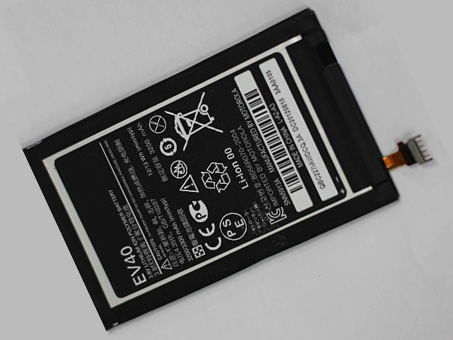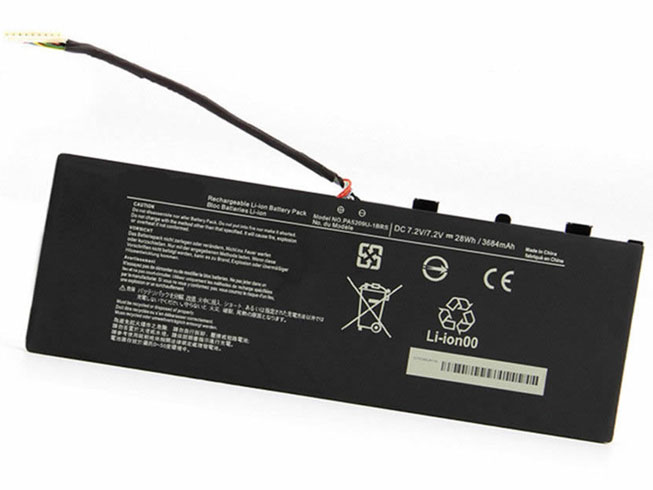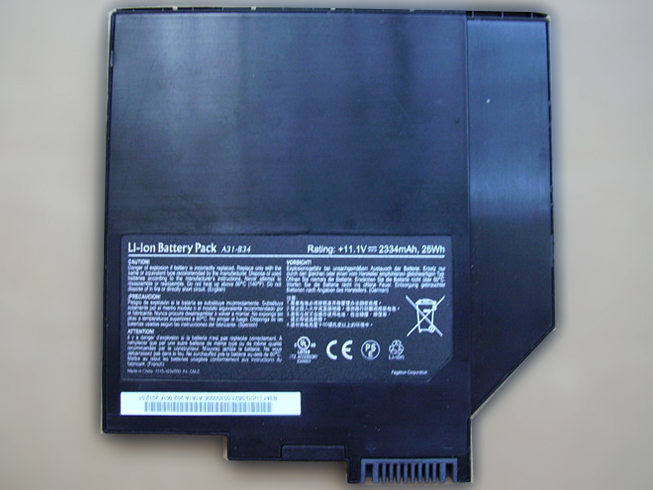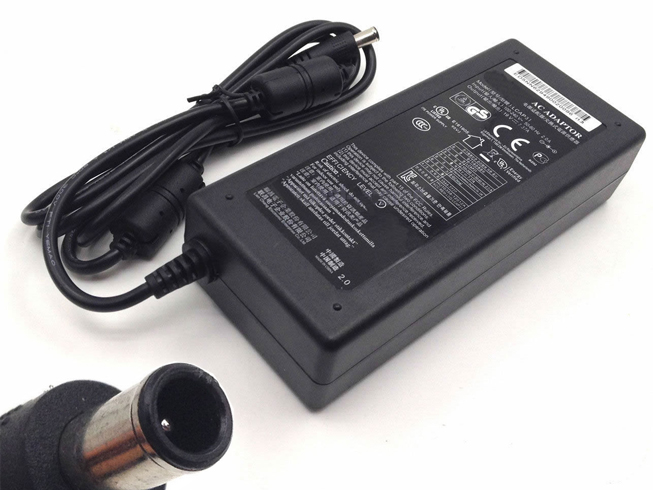Samsung laptop batteries pack for Samsung NP900X4 900X4B-A01DE 900X4C-A01 900X4B-A02US at uk-online.co.uk is sold at the lowest price. Samsung AA-PBXN8AR is a rechargeable Li-ion battery. Purchase wholesale and retail Samsung NP900X4 900X4B-A01DE 900X4C-A01 900X4B-A02US batteries with high quality and low price! Fast delivery, full 1-year warranty and 30-day money back!

New SAMSUNG AA-PBXN8AR laptop battery High Quality Battery [8400mAh/62Wh, 7.4V]
Replacement Battery>> battery for Samsung NP900X4 900X4B-A01DE 900X4C-A01 900X4B-A02US
Replace the following part numbers:
AA-PBXN8AR
Fits the Following Models:
Samsung 900X4, 900X46, 900X4B-A01DE, 900X4B-A01FR, 900X4B-A02, 900X4B-A02US, 900X4B-A03, 900X4C-A01, 900X4C-A04DE, 900X4D-A01, NP900X4, NP900X4C-A01CN
RU: Samsung AA-PBXN8AR
JP Store: Samsung AA-PBXN8AR battery
Tablet-Akku: AKKU Für Samsung AA-PBXN8AR, Ersatz für Samsung NP900X4 900X4B-A01DE 900X4C-A01 900X4B-A02US.
SAMSUNG AA-PBXN8AR
All of our Samsung AA-PBXN8AR Batteries are made with high-quality original new Cells, they are designed to meet or exceed the OEM (original) specifications. AA-PBXN8AR Batteries of Samsung NP900X4 900X4B-A01DE 900X4C-A01 900X4B-A02US are brand new, 1 year Warranty, 30 days money back guarantee.
laptop batteries tips
1. Pls read the manufacturer's manual about the laptop battery carefully.
2. Do remember to charge your laptop battery fully after receiving it because batteries may discharge during storing and shipping.
3. Do keep laptop battery clean by a clean soft cloth, pencil eraser, or rubbing alcohol.
4. Do not try to modify or disassemble the laptop batteries pack.
5. Do not incinerate or expose battery to excessive heat.
6. Do not place the battery in device for a long period of time if device is not being used.
7. Do not short circuit the batteries pack terminals or store your battery pack with metal objects.
All AA-PBXN8AR products from our shop are 100% the highest quality! We provide the high quality laptop battery for the lowest price with the most satisfacto-ry level of service, The shopping at our shop is easy, benefits, fast and secure.Our product include Dell, Apple, Compaq , HP, IBM , Lenovo, Fujitsu, Gateway, Sony,Toshiba and so on. 100% QC., CE, UL Listed, and/or ISO9001/9002 certification of Every laptop battery.
fujitsu FPB0227 battery for Fujitsu LifeBook P3010 LifeBook P3110 Series
SAMSUNG AA-PLZN4NP battery for Samsung ATIV PRO (XQ700T1C-A52) Series
CLEVO W240BUBAT-3 battery for CLEVO W240BUBAT-3
Motorola 82-150612-01 battery for Motorola Symbol MC2180 Symbol MC2080 MC2100 BTRY-MC21EAB0E
hp 671567-421 battery for HP Pavilion DV4 Pavilion DV6 Pavilion DV7
ADVENT I40-4S2600-G1L3 battery for ADVENT Roma 3000
Acer AP12E3K battery for ACER Aspire S7 191 Ultrabook 11-inch 11CP5/42/61-2
acer BATBL50L6 battery for Acer Aspire 5100 5102/WLMi 5110 5610 5612/WLMi
ASUS C41N1416 battery for ASUS ZenBook Pro UX501J UX501L
LENOVO L10P6F01 battery for Lenovo IdeaPad Y480 V560 Y560P
















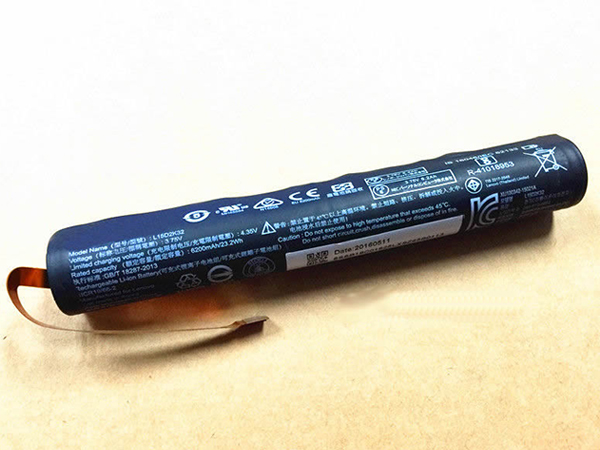
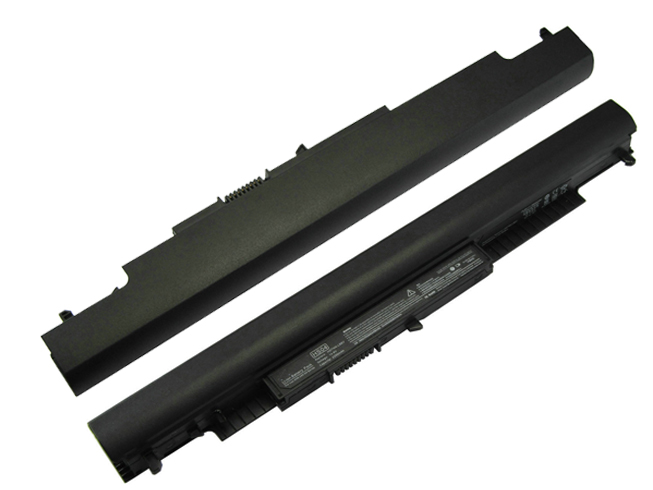
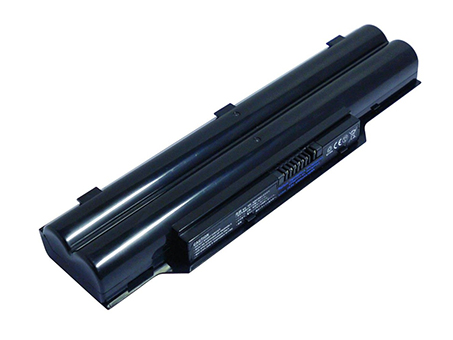
.jpg)
